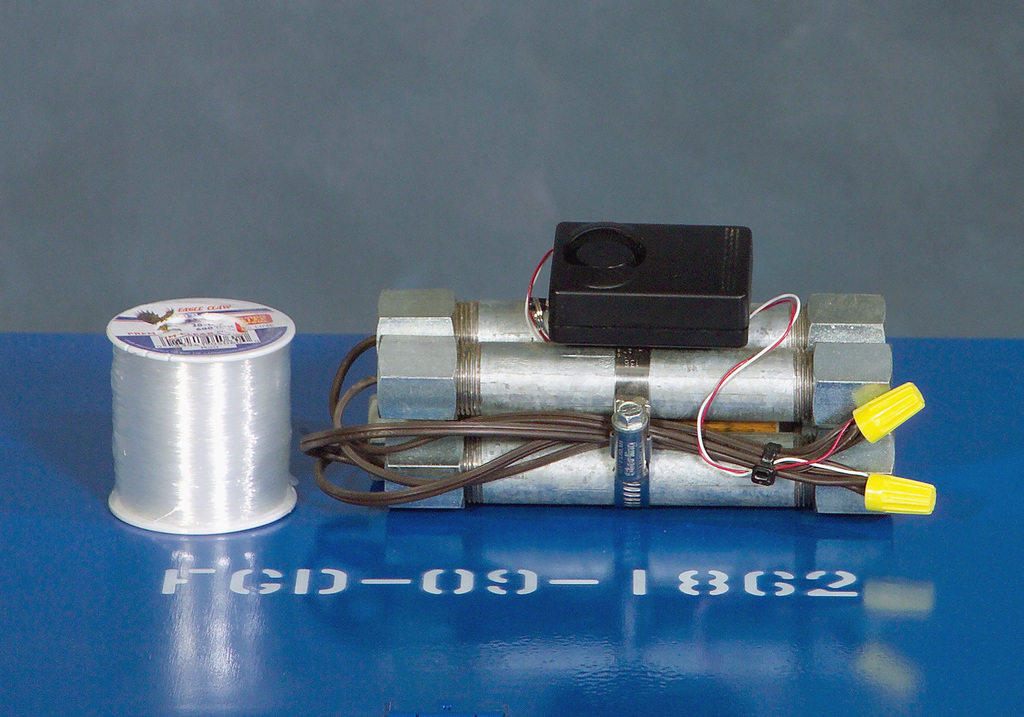
It’s common to think of a “shooter” when hearing the words “active threat,” but having this mindset doesn’t prepare officers for the incidents that involve explosives and IEDs. Even the infamous Columbine Massacre killers set up explosive devices, although a detonation did not occur due to faulty construction. Because of the frequency of which explosives are used in active threat situations, VirTra’s V-VICTA™ curriculum now has a third module focusing on explosive and incendiary device considerations.
What is an IED?
Improvised explosive devices – commonly shortened to IEDs – are often made from items found at hobby or supply stores. These include pipe bombs, crickets and others. Seemingly inconspicuous, everyday items can be used to make deadly homemade explosives. In overseas warzones, IEDs can even be made from military munitions and ordnance and functioned into vehicle-borne IED’s that can cause massive damage.
How Officers Deal with the Threats
In the face of this type of active threat, there are numerous considerations an officer must be aware of. These include:
• Blast pressure – Try to avoid being in the blast area. If impossible, there are ways to mitigate the effects of both extreme pressure and fragmentation.
• Activation methods – Most explosives have active switches, meaning they can be activated upon command. In rarer situations, there are deadman switches that activate if reached by the subject.
• Headshots – To quickly stop the threat without accidentally detonating the bomb in the process, gunfire must be accurately placed. A headshot is the quickest way to achieve central nervous system shutdown, eliminating the threat.
The Coursework
Because Active Threat / Active Killer events are some of the most challenging events to prepare for, the three-part ATAK series aims to increase officers’ understanding and awareness of various types of threats.
ATAK 3 is an NCP Certified V-VICTA course that contains 5.25 hours of rigorous curriculum. When used with the other two ATAK courses, it amounts to 11.25 hours total. Not only are instructors provided with a manual and testing materials, but also training tips and scenarios where students can practice what they have learned in the classroom in a safe, simulated setting.
If you’d like to learn more about how to incorporate this training into your agency, contact a product specialist here.
Recently Published
Join Our Newsletter







